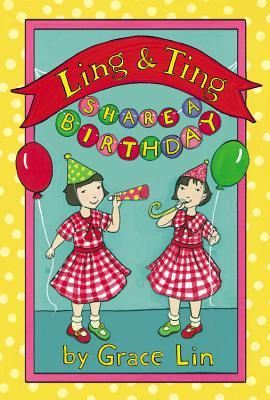In previous years, I have set specific reading goals (last year, I aimed to read 1500 books, for example), but this year I decided to give myself a break and just read, without worrying about reaching a particular number. In the end, I wound up reading 729 books that I had never read before, and an additional 210 which were repeat reads. Here is how the 729 break down by category:
- 18 books for adults (decrease of 5 from last year)
- 32 board books, 25 of which I read at story time and class visits (decrease of 47 from last year)
- 327 picture books, 220 of which I read at story time and class visits (decrease of 441 from last year)
- 59 easy readers, 17 of which I read at story time and class visits (decrease of 236 from last year)
- 74 chapter books (decrease of 46 from last year)
- 174 middle grade books (decrease of 18 from last year)
- 45 young adult books (increase of 6 from last year)
From these books, I have selected favorites in five categories based on four main factors: literary quality, kid appeal, my personal feelings about the book, and its suitability for use in library programs and book talks. (This last factor was not weighed as heavily as the others.) Each category features a top favorite and three honorable mentions, because I could never choose just one favorite book! Links will take you to my reviews, if available, or to my posts about the book in my story time blog and on Goodreads.
Favorite Young Adult Contemporary Novel
by Elizabeth Eulberg
(Scholastic)
Honorable Mention:
- Fangirl by Rainbow Rowell (St. Martin's Press)
- This Song Will Save Your Life by Leila Sales (Farrar Straus & Giroux)
- The Reece Malcolm List by Amy Spalding (Entangled Publishing)
Favorite Middle Grade Novel
by Kirkpatrick Hill; illustrations by LeUyen Pham
(Henry Holt & Co.)
Honorable Mention:
- A Song for Bijou by Josh Farrar (Bloomsbury)
- The Golden Day by Ursula Dubosarsky (Candlewick)
- The Quirks: Welcome to Normal by Erin Soderberg (Bloomsbury)
Favorite Chapter Book
by Graham Salisbury, illustrated by Jacqueline Rogers
(Wendy Lamb Books)
Honorable Mention:
- The Year of Billy Miller by Kevin Henkes (Greenwillow Books)
- Iva Honeysuckle Meets Her Match by Candice Ransom (Disney-Hyperion)
- Starring Jules (As Herself) by Beth Ain (Scholastic)
Favorite Easy Reader
by Grace Lin
(Little, Brown Books for Young Readers)
Honorable Mention:
- What’s in Your Heart, Katie? by Fran Manushkin (Picture Window Books)
- Ah Ha! by Jeff Mack (Chronicle Books)
- Penny and Her Marble by Kevin Henkes (Greenwillow Books)
Favorite Picture Book
(Roaring Brook Press)
Honorable Mention: - Building Our House by Jonathan Bean (Farrar Straus & Giroux)
- Ol’ Mama Squirrel by David Ezra Stein (Nancy Paulsen Books)
- Dream Friends by You Byun (Nancy Paulsen Books)
Thank you so much for following Secrets & Sharing Soda through its third year! I look forward to starting year four tomorrow. In the meantime, take a look back at my favorite books of 2011 and my favorite books of 2012. Happy New Year!










.png)

.png)









